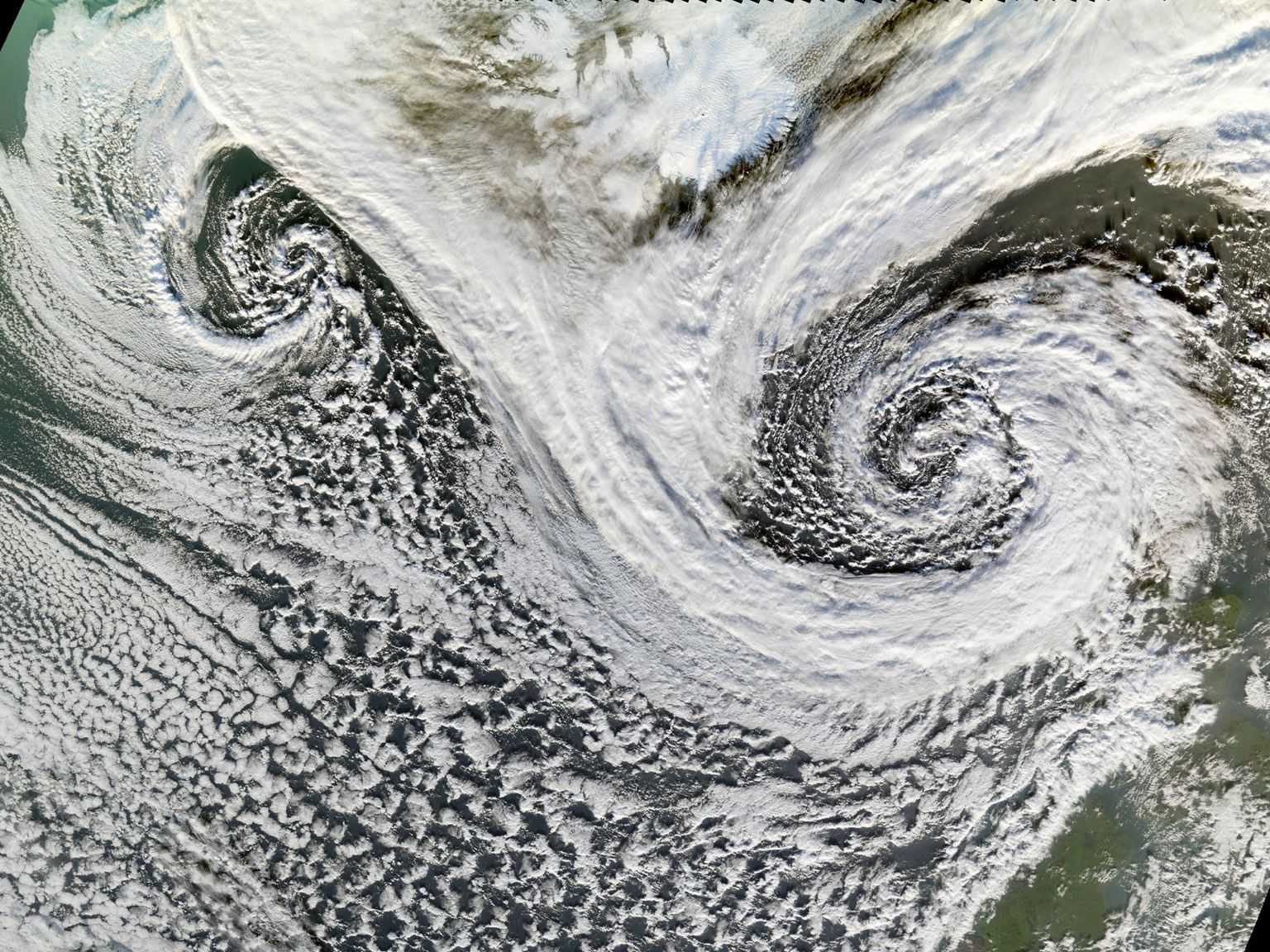Diagnostics of the observed and projection of the future changes of extratropical storms are a key issue e.g. for insurance companies, risk management and adaptation planning. Storm-associated damages are amongst the highest losses due to natural disasters in the mid-latitudes. Therefore the knowledge of the future variability and change in extratropical cyclone frequency, intensity and track locations is crucial for the strategic planning and minimization of the disaster impacts. Characteristics of cyclone activity may seriously depend on the methodology of cyclone identification and tracking. Linear trend magnitude and even sign might depend on the detection and tracking methods of the cyclones. Therefore, a special effort is needed to perform an intercomparison and to quantify these uncertainties. A proper knowledge about advantages and restrictions of different schemes must be obtained to be able to provide a synthesis of results rather than puzzling the scientific and the general public with apparently contradicing statements.
For users of storm track analyses and projections (including regional ones) it would be very helpful if the research community would provide information in a kind of "handbook" which provides definitions of what is meant by a "storm" or "cyclone" and a description of the available 10-15 different identification and tracking schemes as well as of the parameters used for the quantification of cyclone activity.
The project aims at providing a quantitative comprehensive assessment of all types of uncertainties inherent in the mid-latitudinal storm tracking by comparing different methodologies, and pointing out the informations that can be drawn from specific methods. The intercomparison can also provide a multi-method data set that could serve as a baseline for climate impact studies.

